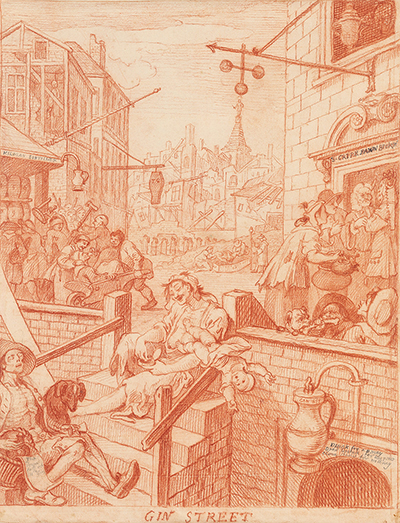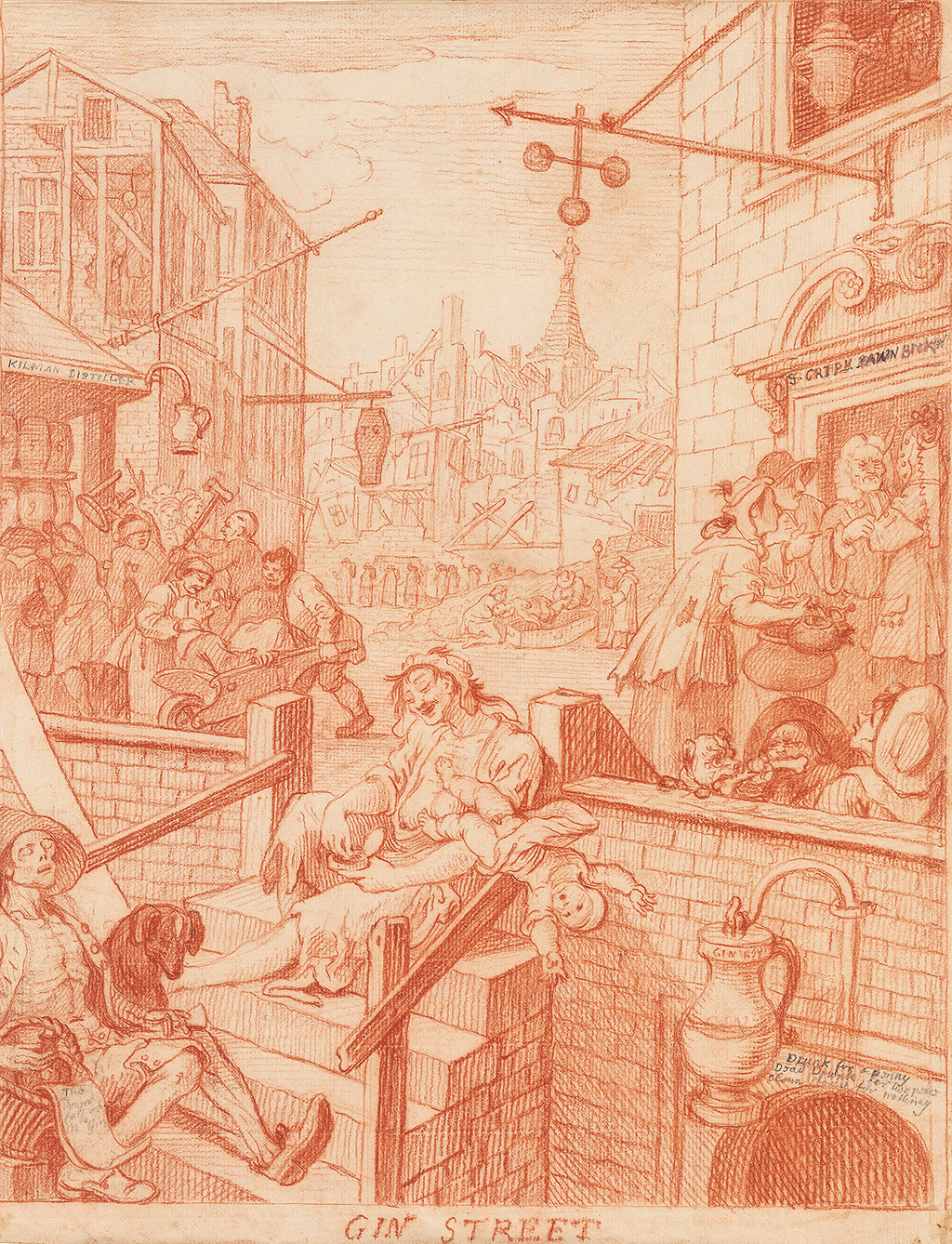The drawings of William Hogarth were an essential element of his working process but until recently had been relatively ignored, in favour of his paintings and engravings.
Everything in his career started from the point of preparatory sketches. Many artworks failed to even get beyond this stage, such as a series called The Happy Marriage which was intended to be a companion series alongside his Marriage a la Mode set of paintings. These decisions to abandon a project could be made for a number of reasons, most likely being the whim of the artist. Additionally, when promoting his ideas, Hogarth may have received more interest in some than others, hence his preference for those that might then prove easier to sell upon completion.
For researchers, then, the most obvious his drawings would be their representation of some artworks that never existed in other mediums. They would be our only record of certain items, other than perhaps some accompanying documentation in which they are mentioned. Someone as impactful as Hogarth will have been subjected to multiple studies within Europe and America, and there would also be a strong desire to provide a truly exhaustive collection of his career oeuvre, which should include all mediums in which he worked. His drawings can also provide a depth to exhibitions, where the original drawings can be placed alongside engravings and paintings in order to demonstrate how the artist tackled the same content across different tools and techniques.
When working on his initial designs, Hogarth would amend content until he reached his preferred look. In Gin Lane, for example, he would go over lines of black chalk with red chalk when he felt close to the final design. The variations between these lines enable us to spot his amendments fairly easily. We can then refer to the final printed engravings to discover the culmination of this process. Even some elements in the final engraving never appeared in the drawings at all. The early stages of working with chalk offered the artist a much easier route to altering form than if he had done it late r when working in oils or carving an engraving. You will see the same with many sculptors too, who would spend lots of time at this early stage before progressing towards their use of marble.
The video included below features an excellent and insightful lecture regarding specifically Hogarth’s drawings. It is well worth a watch and summarises the topic expertly. It is explained within this presentation that only around 100 drawings from his career are known to still exist and were put together using combinations of graphite, chalk, ink and wash. When one sees these artworks together, you will immediately see a great variety in their levels of completeness as well as the colours in which they are delivered. Even the paper on which they are completed is not uniform. With them covering many decades of work, this is perhaps not surprising and maybe just outlines the artist’s constant desire for experimentation and development.





